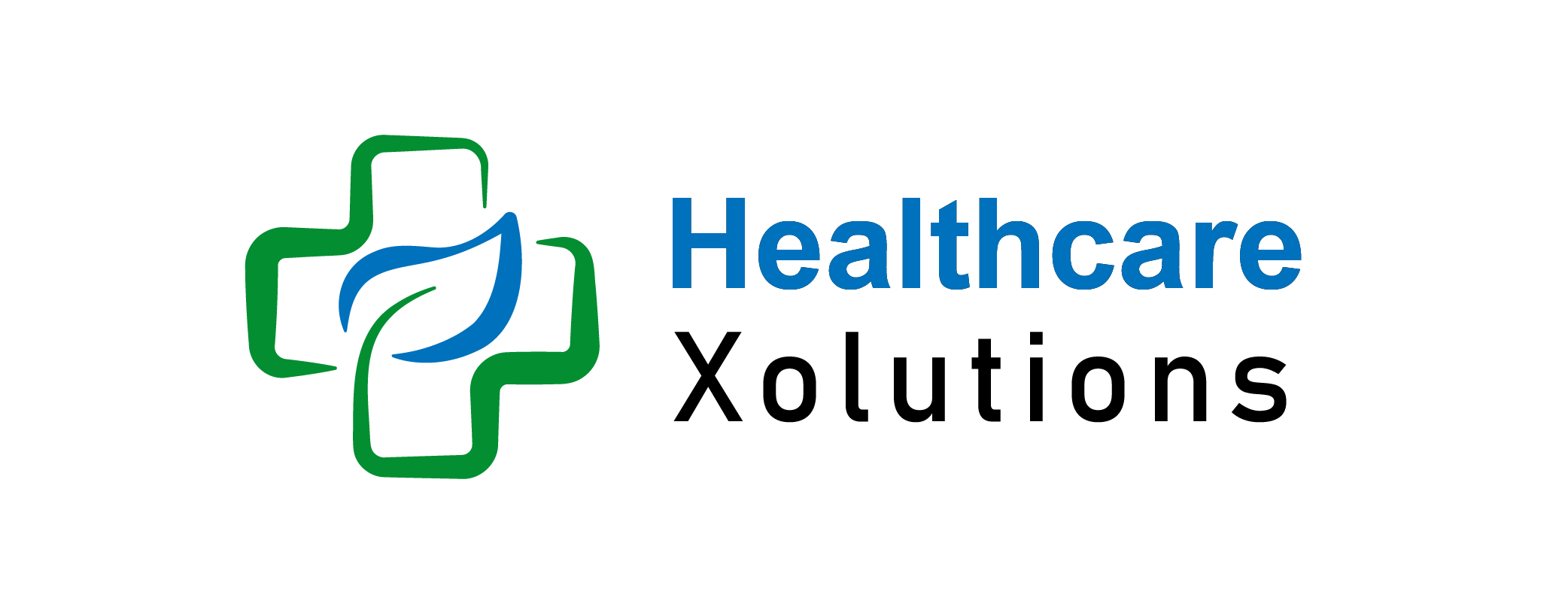Copays and Deductibles In Dental Insurance: Complete Guide

In 2023, more than 44% of insured patients still reported confusion about dental billing terms, especially copays and deductibles (NAIC, 2024). If you’re shopping for a plan or already covered, understanding copays and deductibles in dental insurance is essential for controlling out-of-pocket expenses.
Whether you’re reviewing a $50 deductible dental policy or evaluating Delta Dental copay for cleaning, this guide provides clarity for smart decisions
Key Takeaways:
- Copays are fixed fees paid per service, like $25 for a cleaning.
- Deductibles are annual thresholds you pay before coverage starts.
- Preventive care is typically excluded from deductibles.
- Knowing both helps avoid surprise costs.
- Ask for treatment estimates to plan smarter.
Table of Contents
What Are Copays In Dental Insurance?
A copay is a set amount paid for each dental visit or service. It varies by treatment type and policy.
Key Features:
- Flat Rate Payment: e.g., $20–$25 per cleaning
- Service-Based: Different treatments = different copays
- Due at Visit: Pay directly to your provider.
Example: For a $100 cleaning, if your Delta Dental copay for cleaning is $25, you pay that, and insurance covers the rest.
Common Copay Ranges:
- Preventive Care: $0–$25
- Basic Procedures: $30–$60
- Major Work: $100+.
What Are Deductibles In Dental Insurance?
A deductible is the amount you must pay yearly before your insurer covers non-preventive services.
Key Features:
- Annual Reset: Usually $50–$150
- Applies to Treatments: Like fillings, extractions
- Plan Levels: Individual ($50) or family ($150).
Example Scenario: You have a $50 deductible dental policy. For a $200 extraction (e.g., Delta Dental copay for extraction), you first pay $50. The insurer covers 80% of the remaining $150, so you pay just $30 more.
Copay vs Deductible: What’s the Difference?
| Feature | Copay | Deductible |
| Type | Per-visit fee | Annual threshold |
| Trigger | Each service | Total yearly spend before coverage |
| Applies To | All visits (varies) | Non-preventive services |
| Example | $25 per visit | $50 per year |
Why Understanding Copays and Deductibles Matters?
Knowing the difference helps you:
- Avoid hidden costs during treatments
- Compare plans efficiently
- Maximize insurance benefits
- Time procedures across deductible thresholds.
Key Cost Factors:
When evaluating a plan, consider:
- Procedure type and frequency
- Delta Dental deductible amount
- Plan type: Individual vs. family
- Your annual coverage cap.
Tips To Manage Dental Copays and Deductibles:
- Review Plan Details: Know what applies to each treatment.
- Use Preventive Benefits: Cleanings and exams often cost $0.
- Time Major Treatments: After deductible is met, coverage increases.
- Request Pre-treatment Estimates: Get costs upfront.
- Use HSA/FSA Funds: Pay out-of-pocket costs with pre-tax dollars.
Conclusion:
Understanding copays and deductibles in dental insurance equips you to avoid surprise bills and pick the right coverage. Whether it’s a Delta Dental deductible or figuring out what is a good deductible for dental insurance, clarity ensures cost-efficient oral care. Plan smart, save more, and maintain a healthy smile all year long.
FAQs:
What is deductible in dental insurance with example?
It’s the yearly amount you pay before coverage. E.g., $50 before insurance pays for a $200 filling.
How much is Delta Dental deductible?
Usually $50 per person or $150 per family per year.
Are cleanings subject to the deductible?
No. Cleanings are preventive and usually 100% covered.
Do copays count toward the deductible?
No. Copays are separate and don’t reduce your deductible balance.
What is a good deductible for dental insurance?
$50–$100 is standard for individuals seeking basic to moderate coverage.
